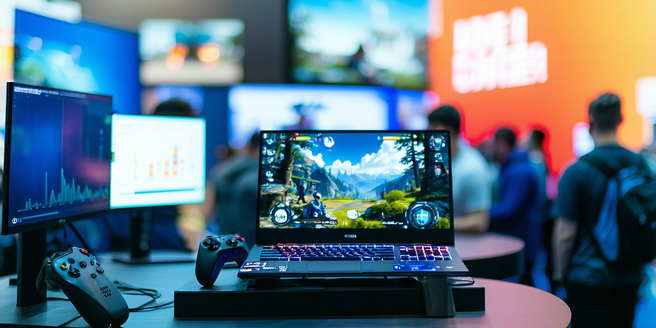
Understanding the Basics of Predictive Analytics
Predictive analytics is an essential technique used to analyze historical data and make predictions about future outcomes. It involves a variety of statistical methods and machine learning algorithms that help organizations understand patterns and relationships in data. In the gaming industry, predictive analytics can be crucial for devising strategies to engage players and enhance their gaming experience. By leveraging predictive models, game developers can anticipate player preferences, optimize game content, and schedule promotions more effectively. The power of predictive analytics lies in its ability to transform raw data into actionable insights, which can drive informed decision-making and strategy formulation.
Key Data Sources for Game Promotion Insights
To effectively promote games, key data sources must be utilized for insights. This includes user engagement statistics, transaction records, social media interactions, and gameplay behavior. By examining these data sources, businesses can gain an in-depth understanding of player demographics, preferences, and behaviors. With these insights, companies can adjust their strategies to better connect with fans. Access to real-time analytics informs marketers about which promotions are effective in enticing players. Additionally, competitor analysis provides context about market trends and battlefield positioning. Key insights derived from these sources ultimately facilitate tailored marketing strategies, compelling narratives, and timely promotional campaigns that resonate with target audiences.
Machine Learning Models in Forecasting Trends
Machine learning models play a pivotal role in forecasting trends within the gaming industry. Techniques such as regression analysis, decision trees, and neural networks form the backbone of predictive analytics in this sector. By analyzing large datasets, these models can identify emerging trends that might otherwise be overlooked. They assess patterns in player behavior, preferences, and spending habits to make informed predictions about future market directions. Consequently, game developers can refine their strategies, optimize game development cycles, and target marketing efforts more effectively. This proactive approach enables companies to stay ahead of competitors and cater to evolving player demands.
Analyzing Player Behavior for Effective Promotions
Understanding player behavior is crucial for planning effective game promotions. By analyzing how players interact with a game, developers can identify trends that indicate player preferences, interests, and dislikes. This comprehensive understanding of player behavior allows developers to make informed decisions about game design and marketing strategies. This data aids in crafting promotional campaigns tailored to different player segments, ensuring that the content is relevant and enticing. Techniques such as cohort analysis and A/B testing help determine which promotions resonate best with specific demographics. By aligning game updates and marketing strategies with player interests, companies can increase player engagement, boost retention rates, and drive in-game spending.
Case Studies: Successful Predictive Game Campaigns
Several successful case studies illustrate the power of predictive techniques in gaming promotions. For instance, a mobile game company utilized player data to predict the optimal time for releasing new content, resulting in increased user engagement and revenue. Another example is a gaming platform that leveraged machine learning models to anticipate player churn, allowing them to implement targeted retention strategies that improved user loyalty. These case studies highlight how tailored data-driven approaches not only enhance gameplay experiences but also maximize the effectiveness of promotional campaigns. By understanding the unique preferences and behaviors of their audiences, game companies can consistently deliver successful promotions.
Future of Predictive Techniques in Gaming Marketing
The future of predictive techniques in gaming marketing holds immense potential for innovation. As technology continues to advance, predictive analytics will become even more sophisticated, integrating artificial intelligence and machine learning technologies for deeper insights. This evolution will enable more accurate predictions about player behavior and market trends, resulting in highly personalized gaming experiences. Furthermore, the increasing availability of big data will allow for real-time analytics and adaptive marketing strategies. This dynamic approach will ensure that gaming promotions remain relevant and competitive in a rapidly changing landscape, ultimately transforming how game marketing strategies are conceived and implemented.
